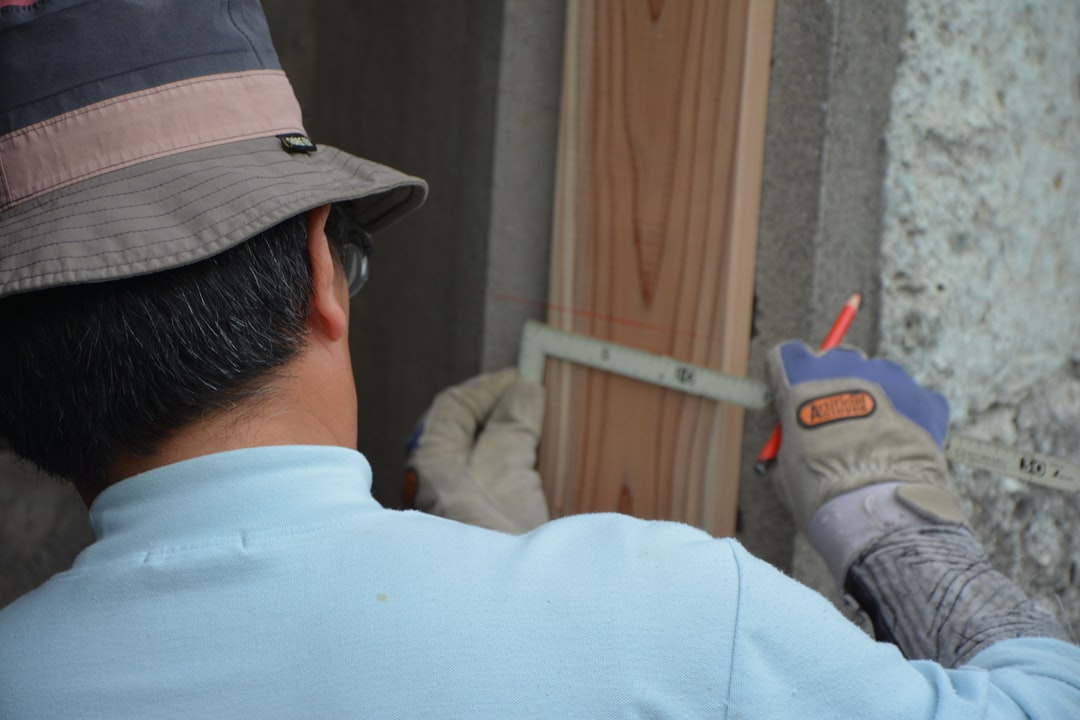Understanding the Labor Cost to Install a Mailbox
Installing a mailbox involves more than just digging a hole. For construction professionals, understanding the labor costs is crucial. In 2025, the labor cost ranges from $60 to $250 per unit, depending on factors like soil conditions and post type. This guide provides insights into what drives these costs and how to manage them effectively.
Why Mailbox Labor Pricing Matters in Residential Construction
Accurate labor pricing is essential for maintaining project budgets. Misjudging costs can lead to significant overages, especially in large developments. By using precise estimating tools, construction professionals can ensure profitability and client satisfaction.
What Counts as Labor When Installing a Mailbox?
- Site visit and utility location check
- Excavating or drilling the post hole to code depth
- Mixing and pouring concrete or setting fast-setting foam
- Aligning, plumbing, and bracing the post while cure sets
- Mounting the mailbox unit, flag, and house numbers
- Cleanup, haul-off, and final inspection with the homeowner
Average Labor Cost to Install Mailbox in 2025
Based on current data, here are the average labor costs:
- Basic wood or metal post, no concrete: $60 – $90 labor
- Post with concrete footing: $90 – $150 labor
- Decorative cast-iron or masonry sleeve: $140 – $250 labor
- Wall-mounted mailbox on masonry façade: $75 – $125 labor
Labor Breakdown by Mailbox Type
- Curbside post-mounted: Quick dig, set, and level workflow
- Wall-mounted: Less digging but adds masonry drilling and anchoring skill
- Masonry column wrap: Integrates with brick or stone veneer crews; higher finish labor
Step-by-Step Installation Workflow
- Voice-capture the homeowner brief into the estimating app
- AI pulls local code depth, frost line, and USPS setback rules
- Technician marks underground utilities and confirms clear dig area
- Post hole drilled to specified depth and width
- Fast-setting concrete mixed, post inserted, plumbed, and braced
- Mailbox, flag, and accessories installed once cure reaches 50% strength
- Site cleaned and photo-documented for records
Key Factors Influencing Labor Cost
- Soil type: Clay or rocky soils add dig time and machinery costs
- Curb vs. slab setting: Existing concrete requires coring and anchor bolts
- Decorative upgrades: Masonry work or custom lettering extends labor hours
- Location access: Tight setbacks or gated communities slow productivity
- Weather window: Extreme heat or rain demands additional bracing or return trips
How AI Delivers Real-Time Labor Pricing
Traditional estimating tools often miss local wage fluctuations. By integrating live labor market feeds and historical project analytics, professionals can achieve accurate estimates.
- Voice-to-estimate: Speak the project details; AI populates tasks, crews, and durations
- Dynamic wage zones: Automatically adjusts for city, suburb, or rural locality
- Seasonal modifiers: Factors overtime, extreme weather, and supply chain impacts
- Blueprint takeoffs: Upload plans and auto-count mailbox units in seconds
Benefits for Homeowners and Contractors
- Transparent pricing builds trust with homeowners
- Contractors avoid underbidding small but time-consuming tasks
- Developers gain accurate per-lot budgets for mass installations
- All stakeholders receive branded, professional quote documents
Saving on Your Mailbox Installation—Pro Tips
- Bundle tasks: Schedule mailbox install while concrete crew is onsite to share mobilization costs
- Standardize models: Selecting one approved mailbox style lets labor teams work faster
- Pre-dig during grading: Have the site crew rough-in holes before final landscaping
- Use quick-set foam in remote areas to eliminate concrete mixing time
- Generate multiple scenarios to compare savings before committing
Get an Exact Quote Today
Ready to know the precise labor cost for your next project? Start a live voice session or visit CountBricks.com for a shareable estimate, complete material list, and scheduled crew calendar.
Case Study: 48 Mailboxes in a New Fort Worth Subdivision
A regional developer partnered with an estimating platform to price and schedule 48 curbside mailboxes. Initial manual quotes varied significantly, threatening project timelines.
Solution
- The superintendent used the mobile app to dictate project details.
- AI scanned city wage data and generated a crew calendar to reduce mobilizations.
- The system projected 96 labor hours at a blended rate of $42/hour, totaling $4,032.
Execution & Outcome
- Concrete subcontractor poured sleeves simultaneously, reducing schedule by two days.
- Real-time adjustments were made for weather delays, ensuring timely completion.
- Final cost variance was minimal, thanks to live tracking.
Lessons Learned
- Centralizing small scopes prevents margin erosion.
- Voice-to-estimate speeds bid turnaround.
- Dynamic wage data protects against labor cost surprises.
Ready for Your Own Success Story?
Whether installing a single box or coordinating hundreds, accurate labor cost estimation is key. Visit CountBricks.com to see more project wins or start a consultation.

